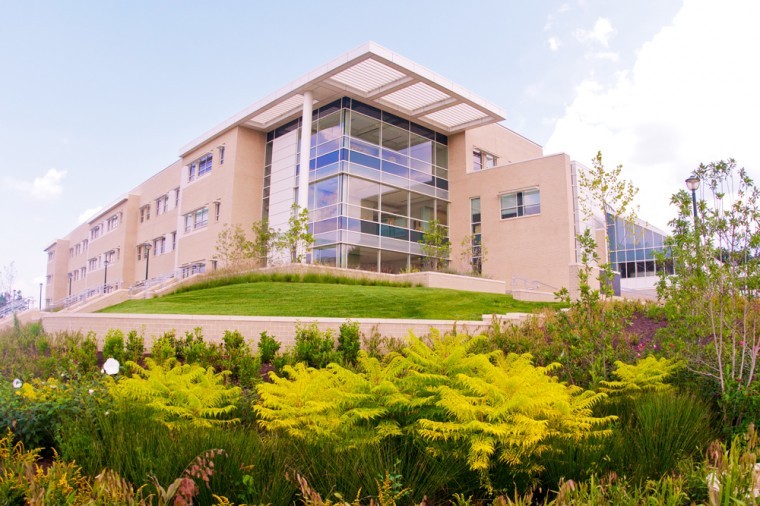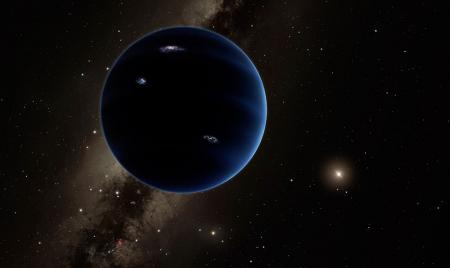For those unfamiliar with Demystifying the Expert, the routine focuses on explaining scientific ideas through comedic games and trivia. Usually each entry focuses on a single faculty member, and what kind of research they do.
After proper introductions, the night opened up with a 20-questions style game, where New & Improv'd asked Dr. Whitmeyer yes or no questions regarding his field of study. Knowing that he focuses on some form of geology, the comedians asked "relevant" questions ranging "Do you work with earthquakes?" to "How precious are your stones?" The comedy rolled in loud and fast, and the audience loved it.
Our hosts then shifted the topic to various headlines relating to Geology, such as Pakistani islands eroding away, earthquakes throughout Oklahoma, the return of the Grand Canyon rapids, and the effects of fracking on earthquake systems. This lead to discussions about the "living" nature of the Earth, how quickly islands can form and be eroded away, and the plausibility of Christopher Walken's devious plot in "James Bond 007: A View to Kill."
In the next game, the comedians were challenged to decipher different Geological terms, acronyms, and shortenings. While they were very proficient at knowing/guessing some of them, other terms like Pseudotachylite were apparently "abstract touching thing." This discussion lead into the evolution of geological ideas, the new movement to crowd-source science to the masses for research, and the ability to take our knowledge of Earth's geology and apply it to other planets, such as Mars.
The evening was filled with science and laughs, and many thanks to all of the people who made it possible.
Be sure to check out the next Demystifying the Expert on March 24th!









